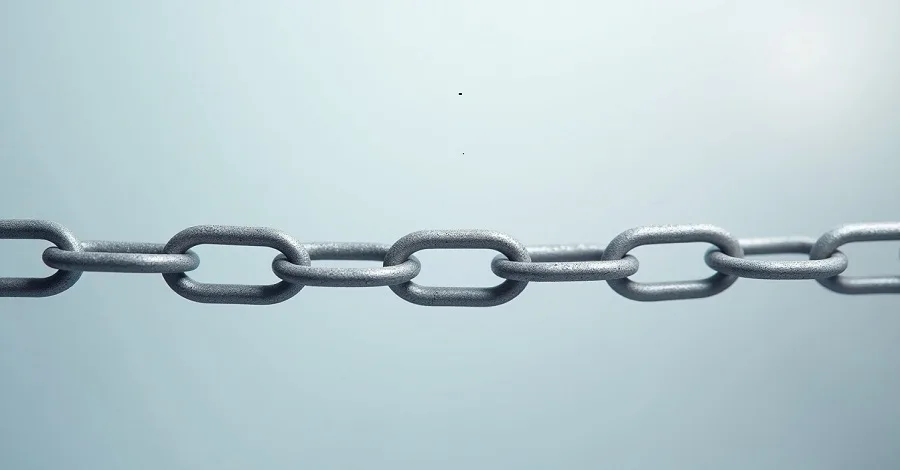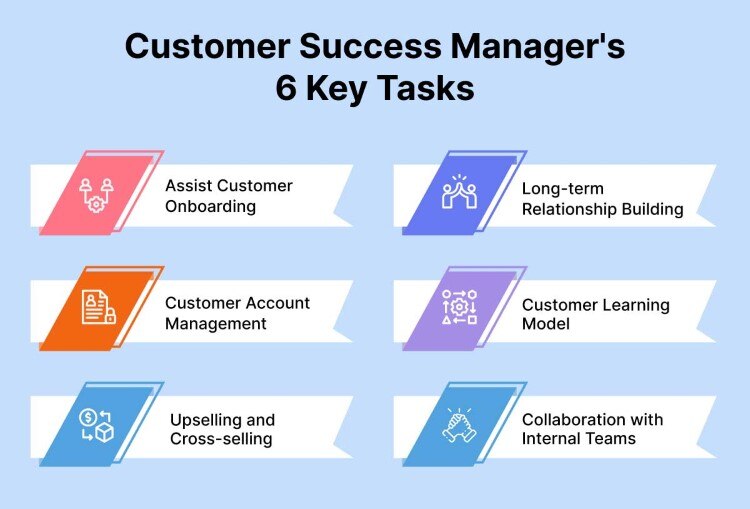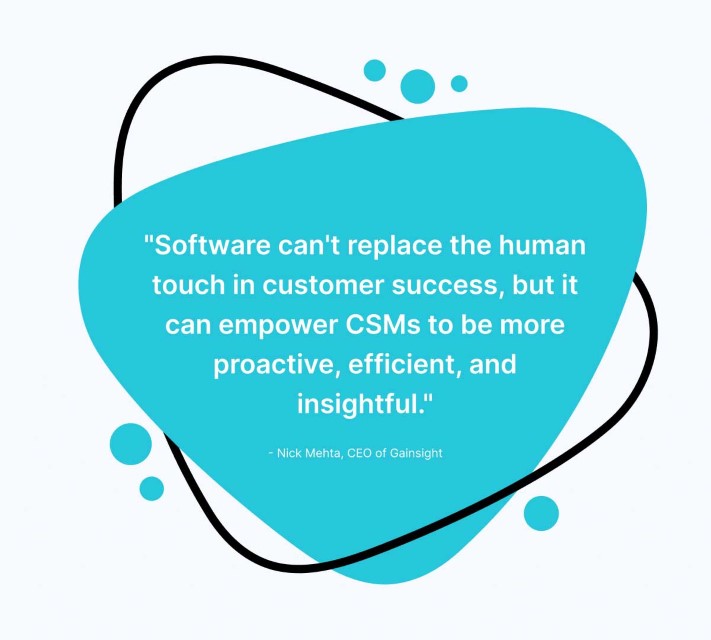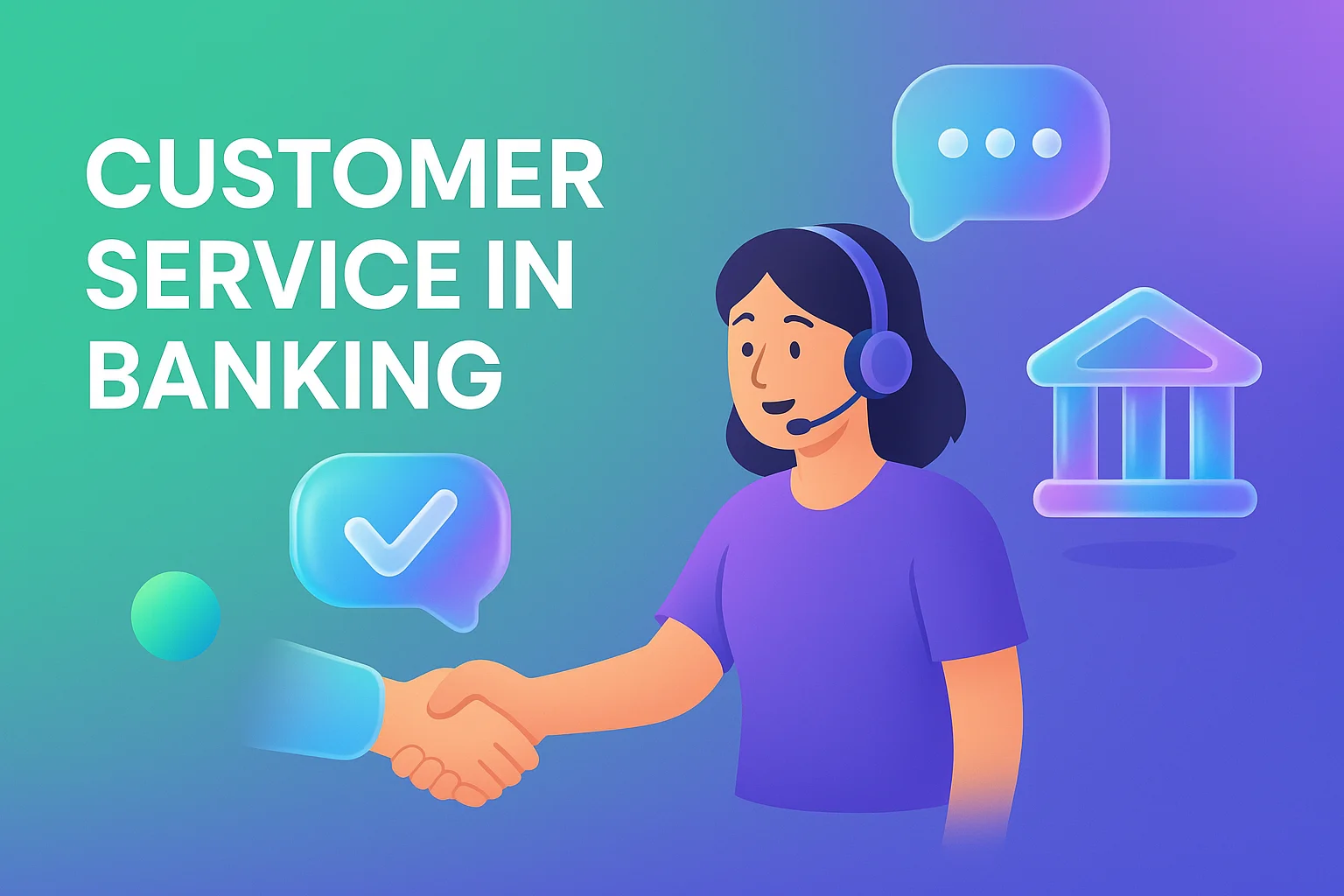Customer Success Manager: Everything You Need to Know
- December 17, 2023
- 10 mins read
- Listen

Customer is the king — is the common motto for every business thriving towards success. A CSM is the person who ensures overall satisfaction by mapping the end-to-end customer journey. They prioritize customer needs and preferences.
Imagine, you purchased a product and figured out some issues. Then you try to connect with the customer service but fail. After trying hard, you manage to communicate with them. Then, your complaint gets stuck among different departments. Will you continue with such an experience? – probably not. This scenario signifies the role of a CSM.
In this blog, we will cover all the details about what a customer success manager is, their roles and responsibilities, and how to become one.
What Is a Customer Success Manager?
Here who is the customer? The person to whom you are serving, and customer success manager is a person who acts as a bridge between your company and its customers. The goal of a CSM is to reach company sales goals by maximizing customer service satisfaction. Most companies hire them to reduce user frustration.
“Your job, if you’re a customer success manager, isn’t to make friends with your client. Your primary job is to challenge them, and get them to think, to make them more successful.”
– Shep Hyken, Customer Experience Expert.
If you are a company with stellar reviews and engaging customers, they probably have the most positive customer experience. The person who ensures this entire transition from customer onboarding to transforming them into loyal customers is the success manager of customer services.
6 Responsibilities of a Customer Success Manager

The responsibilities of a CSM are diverse. Here we’ve listed the six most significant responsibilities.
1. Assist Customer Onboarding
Onboarding is when a customer first starts with a company product or service. You will guide new customers through the onboarding process, ensuring they have a smooth transition and understanding of the product or service. This is a proactive role where you have to understand your customer’s needs upfront.
Tips
- Get to know your customers better.
- Plan an onboarding process where your customer feels valued.
- Personalize the communication at each stage.
- Streamline the self-onboarding process.
- Take feedback from the customers after the onboarding process.
2. Long-term Relationship Building
Once the customer has onboarded successfully, you have to plan on building long-term relationships with them. Building long-term relationships involves the continuous assistance of a CSM. All your activities should reflect that the company prioritizes customers.
Tips
- Keep adding value to their product and service experience.
- Communicate more to get into the details.
- Always respect your customers.
- Take all their major and minor feedback seriously.
- Act fast when any complaint arises.
3. Customer Account Management
Every customer is unique, and they have unique expectations from a company. You should also have unique strategies to deal with them individually. Accounts are the portfolio of a customer. You will manage all customer accounts within the company.
Tips
- Identify key accounts.
- Determine the representatives responsible for each account.
- Conduct customer needs analysis.
- Set strategies for the unique needs of the accounts.
- Review and monitor the performance of each account.
- Enhance your familiarity with the retention management of the business
4. Customer Learning Model
The learning curve is another important part of customer success management. You have to arrange product demonstrations and training sessions for customers. Understanding the customer’s business, identifying key challenges, and tailoring the learning experience as needed.
Tips
- Develop personalized learning paths to address specific pain points.
- Arrange and conduct product demonstration sessions.
- Prepare product learning resources.
- Distribute the resources regularly using digital media.
5. Upselling and Cross-selling
Only retaining customers won’t benefit your company. Upselling and cross-selling are important for a company to survive. Your responsibility is to sell your products without pushing them on customers.
Tips
- Find out customer behavior and preferences from a demographic study.
- Give discounts and offers.
- Be transparent with your customers.
- Know the right time to initiate cross-selling and upselling.
6. Collaboration with Internal Teams
A customer success manager collaborates with internal and external stakeholders simultaneously. First, you work with the product and marketing team during customer onboarding. Then, you collaborate with the customer to know how they feel about the product. Finally, you collaborate with the solution team to resolve customer issues.
Tips
- Organize a communication system and processes.
- Understand each team’s roles and challenges.
- Share customer experience stories with all departments.
- Let every team collaborate while solving issues.
Three Types of Customer Success Managers

A company faces different types of CSMs based on how they work, what they prioritize, and what they expect. Here are the three types of customer success managers you will meet:
1. Product-Oriented
If your primary focus is on prioritizing the product and developing strategies centered around it, you can be classified as a product-oriented CSM. For example, your onboarding process will include product training. You constantly send product updates to your clients.
2. Process-Oriented
When you strive to make your customer journey as smooth as possible, you are a process-oriented CSM. You always think about the best ways to communicate with customers. You give them ways to easily reach out with feedback. Moreover, you guide your entire team in designing an uninterrupted route for the customer journey.
3. Sales-Oriented
The action of a sales-oriented CSM involves a strong emphasis on revenue generation. You will actively identify opportunities to upsell additional products. You will develop and execute strategic account plans. Your strategies will prioritize aligning customer success initiatives with sales objectives.
The Characteristics of Successful Customer Success Managers
Besides professional skills, successful CSMs possess some personal skills as well. We’ve listed a set of characteristics that shape the path of front-line managers.
- Communication Skills: As you need to communicate with customers and internal team members, communication skills are a must. Communication skills take you closer to your customers. They can trust you. Also, it helps you resolve the conflicts better.
- Empathy: Empathy lets you view a problem from other people’s perspectives. You need this characteristic to be able to understand the perspective of the customer. If you are empathic, you’ll understand what your customers want better.
- Proactiveness: Proactiveness lets you take preventive measures for arising problems. If you are proactive, you will get a hint of customer complaints upfront. You won’t wait for them to raise the issue. Rather, you will act fast with your preventive actions. Proactiveness reduces customer dissatisfaction.
- Problem-Solving Skill: Customers might reach you with different types of problems every day. You must have problem-solving skills to resolve the problems. So, every customer will have personalized solutions to their issues.
- Time management: This is another core characteristic that every CSM needs. Remember, your customers can move on to the next service provider within a few minutes. A good time management skill lets you prioritize tasks, meet deadlines, and ensure that each customer receives attention.
- Cross-functional collaboration: The cross-functional collaboration skill gives the ability to work seamlessly across departments. with different teams is essential for delivering a holistic customer experience.
Three Challenges Faced by Customer Success Managers
The role of CSM extends beyond customer interactions to collaborating with sales, marketing, and other teams within the organization. In this process, they endure some challenges, which we will be discussing now.
1. Defining KPIs
KPIs are a set of metrics that indicate the permanence of certain strategies. You may face difficulties defining KPIs for your customer success team. This is because you also need to gather sufficient data to yield meaningful results for the KPIs.
Pro tips: Clearly define key performance indicators (KPIs) that align with your company’s goals. Ensure that these KPIs are measurable, specific, and relevant to track the success of your customer success efforts.
2. Product Shortcomings
A product containing limitations or flaws can pose challenges for you in meeting customer needs. This situation may give rise to various issues, including a surge in inquiries and complaints, customer dissatisfaction, and decreased renewal rates.
Pro tips: Identify and address any product shortcomings that may be impacting customer success. Gather feedback from customers, analyze data, and work closely with product teams. Regularly communicate product updates with your customers.
3. Reducing Communication Barriers
Customer service communication involves multiple channels, often giving rise to various barriers. An instance of such a barrier occurs when customers face challenges in locating product support. Simultaneously, if the sales and product teams encounter difficulties in obtaining customer feedback, it also constitutes a communication barrier.
Pro tips: Identify and address any communication barriers that may exist between your team and customers. Invest in training, tools, and processes to improve communication and ensure all parties are on the same page.
SaaS Tools Widely Loved by Customer Success Managers

In comparison to a few decades ago, the realms of customer management, engagement, and behavior analysis have significantly advanced. Thanks to the customer success software.
1. Customer Relationship Management (CRM) Software
CRM software serves as a tool crafted to oversee customer interactions with an organization and its offerings.
It aids you in enhancing relationships, boosting sales, and optimizing customer retention. CRM facilitates the sharing of information, monitoring of progress, and collaborative efforts.
Examples of frequently used CRM tools by CSMs include Zoho CRM, HubSpot CRM, and Salesforce, among others.
2. Customer Communication and Engagement Software
Customer communication and engagement software plays a vital role in helping CSMs achieve their goals. By providing a centralized platform, it manages all communication channels.
You can oversee the interactions seamlessly without the need to switch between multiple tools. Additionally, improves the customer experience by enhancing personalized communication.
REVE Chat, Freshdesk, Drift, Zendesk, and similar solutions stand out as prominent customer communication and engagement software.
3. User Analytics and Behavior Tracking Tools
User analytics and behavior tracking tools provide insights about user behavior. Utilizing data from tools such as Google Analytics, Mixpanel, and Crazy Egg, you can make proactive plans to define the user journey.
Some advanced live chat and chatbot support software, like REVE Chat, includes analytical features to engage and analyze user behavior within the same platform.
Steps to Become a Customer Success Manager
According to Grand View Research, the global customer success market is expected to reach $6.4 billion by 2027, growing at a CAGR of 17.2% from 2022 to 2027. The rise of the market will necessitate more roles filling the position.
Step 1: Acquire Relevant Education and Experience
You can pursue a bachelor’s or master’s degree in business, marketing, communication, or a related field. Once you have a relevant educational background, it will form the basis of your career.
Step 2: Get Practical Work Experience
Practical work experience will be an added benefit. You may start working as a sales development representative to get a closer view. Then, familiarize yourself with the industry in which you want to work as a CSM. Always stay updated with industry trends and how they are shifting customer behaviors.
Step 3: Apply for CSM positions
Once you have gained relevant skills and experience, start applying for client
success manager roles. Look for available job postings on online portals. Prepare yourself for the interview. Take the failures as learning opportunities.
Concluding Remark
A CSM’s job can be stressful due to the diverse number of roles and responsibilities. However, the significance of a customer success manager for a company’s overall success is noteworthy. Hope this blog covers all the aspects you wish to know. Feel free to buzz us for some other queries.
Frequently Asked Questions
A customer success manager (CSM) has a range of key responsibilities, including –
- Help and guide new customers through the onboarding process
- Focus on building long-term relationships with customers
- Manage all customer accounts of the organization
- Tailor the learning experiences for customers
- Create upselling and cross-selling opportunities for the business
There are three different types of customer success managers, including –
- Product-Oriented
- Process-Oriented
- Sales-Oriented
Customer success managers are required, and supposed to, possess a variety of skills, including –
- Strong customer communication skills
- A sense of empathy
- Attentiveness and proactiveness
- Mindset to solve customer problems
- Time management
- Ability to work seamlessly across projects and departments
- Be adequately educated and experienced with a degree course in marketing, or management
- Gain practical work experience and understand the trends of the customer-driven industry
- Start applying for a customer success manager role once you have gained the right skills and industry knowledge
Technical knowledge can benefit customer success managers immensely in their job roles. It can prepare them to better understand the product, its features, and its limitations. Such knowledge becomes key in resolving issues of customers.



